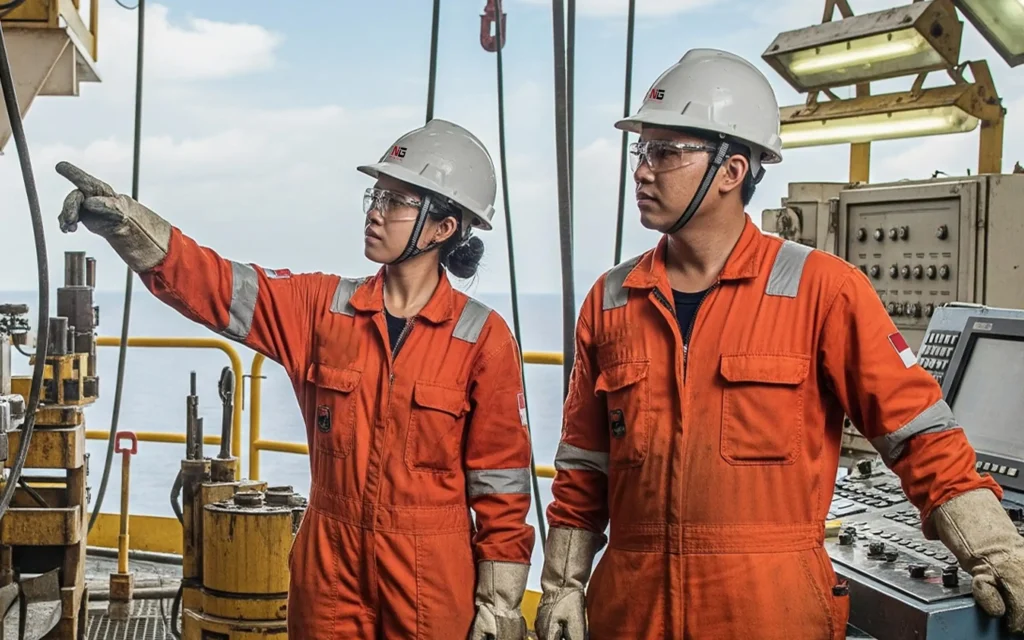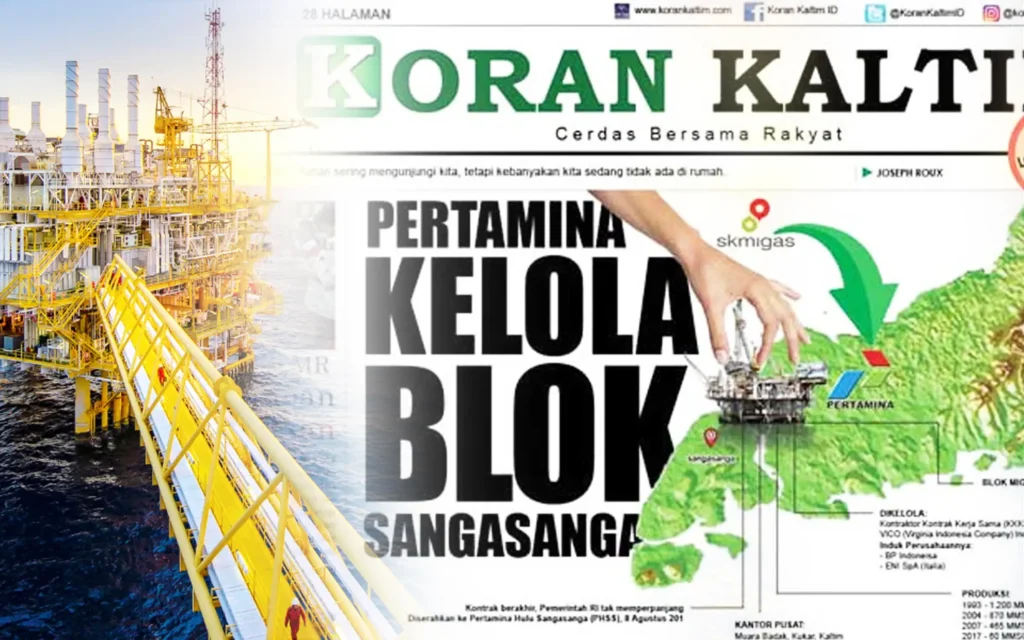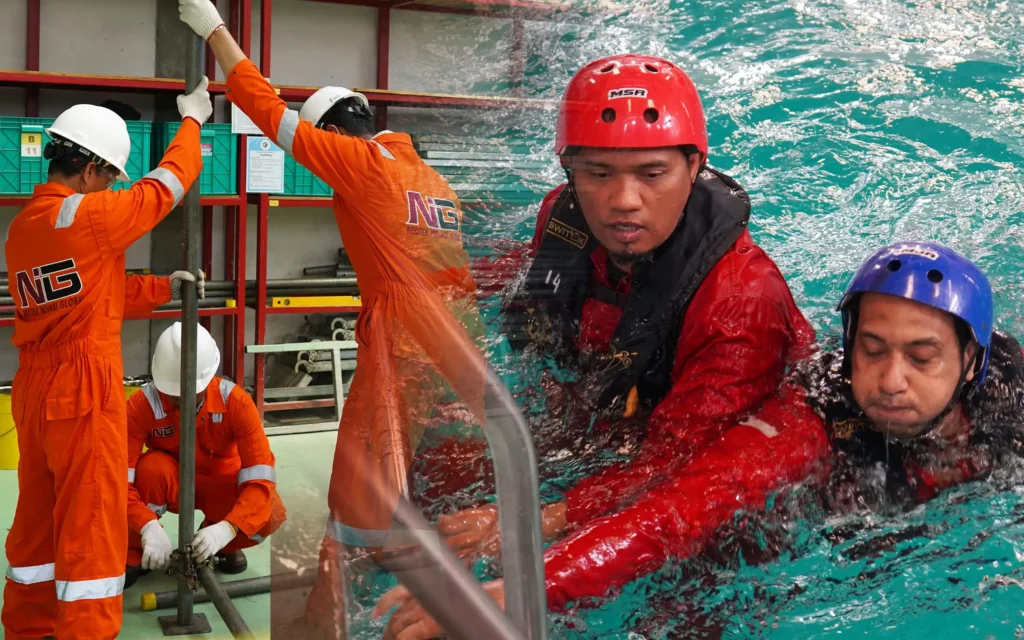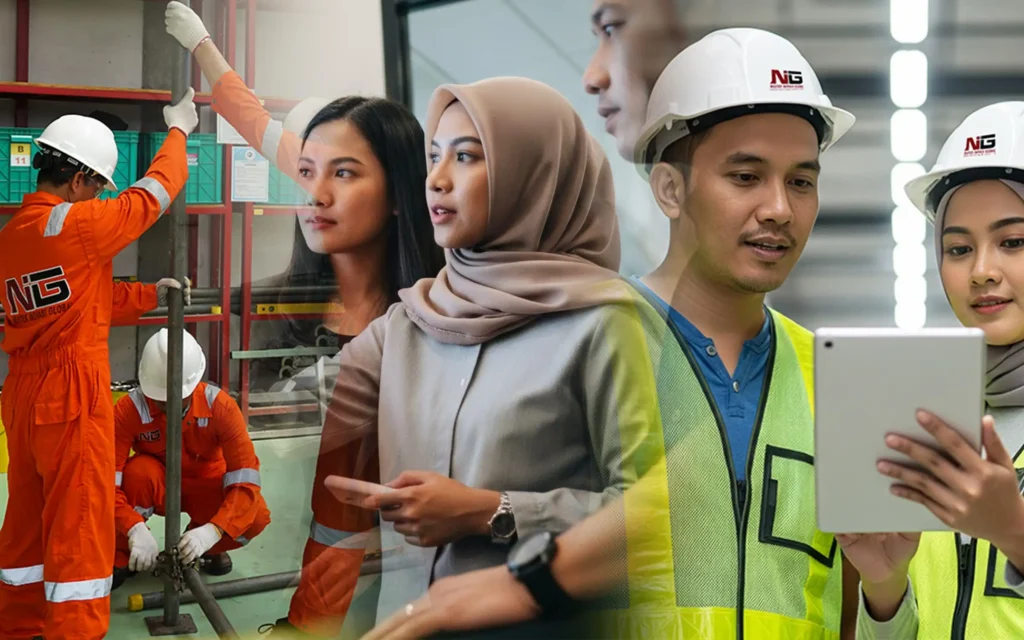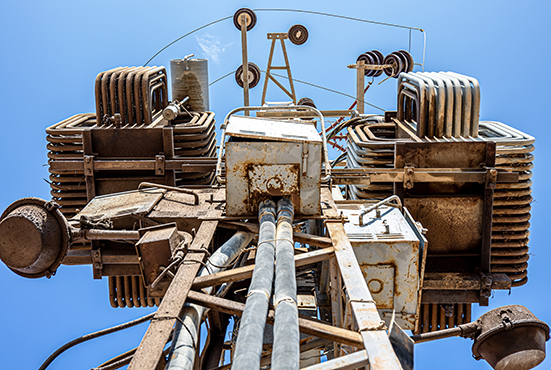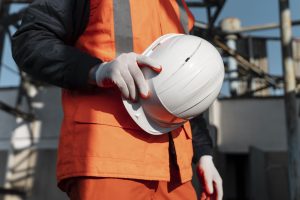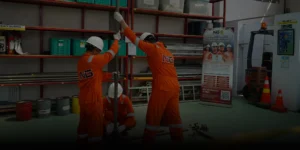A drilling rig is the central structure for all drilling operations, both on land and offshore. It’s a complex, self-contained system. It has powerful machinery, advanced safety equipment, and a skilled crew. They work together to drill deep into the Earth to access oil or natural gas. The most critical function of a rig is its role in well control. This ensures the safety of personnel, the environment, and the equipment.
Essential Components of a Drilling Rig
A rig’s key components work together for a safe, efficient drilling process.
- Derrick/Mast: This tall steel tower is the backbone of the rig. It supports all the drilling equipment and the weight of the drill pipes.
- Drilling Machine: This powerful engine rotates the drill string and the bit. Thus, it carves through rock layers.
- Mud Circulation System: This system pumps a special drilling fluid, or “mud,” down the well. This mud serves three critical purposes. First, it controls pressure. Then, it cools the drill bit. Finally, it carries rock cuttings back to the surface.
- Blowout Preventer (BOP): The BOP is the most crucial safety device on a rig. It is a series of high-pressure valves at the wellhead. Its only purpose is to seal off the well in an emergency. This prevents an uncontrolled flow of fluids—a blowout.
- Power Generation Units: These generators provide the energy needed to operate all of the rig’s systems.
The Role of a Rig in Well Control and Safety
Well control is the most important part of any drilling operation. Therefore, it is directly tied to how the rig and its crew function. Crews constantly monitor pressure levels and fluid circulation to prevent a kick. This is an unwanted influx of oil, gas, or water into the wellbore. If not managed quickly and correctly, a kick can lead to a blowout. A blowout is a catastrophic event. It can cause severe environmental damage, loss of equipment, and even loss of life.
Modern rigs use advanced monitoring technology and strict safety protocols to help prevent blowouts. This is why specialized training is mandatory for drilling personnel. Such training includes IWCF and IADC WellSharp certification. This training ensures that every crew member can recognize the warning signs of a kick. They can also act decisively in an emergency.
Knowledge Is Key to Preventing Blowouts
Understanding the rig’s function is the foundation for effective rig well control. Workers can make faster, better decisions when they know how each piece of equipment works. They also know why it matters. With the right training and a strong safety culture, the rig isn’t just a machine for drilling. It’s a well-controlled engine for safe and productive energy exploration.








